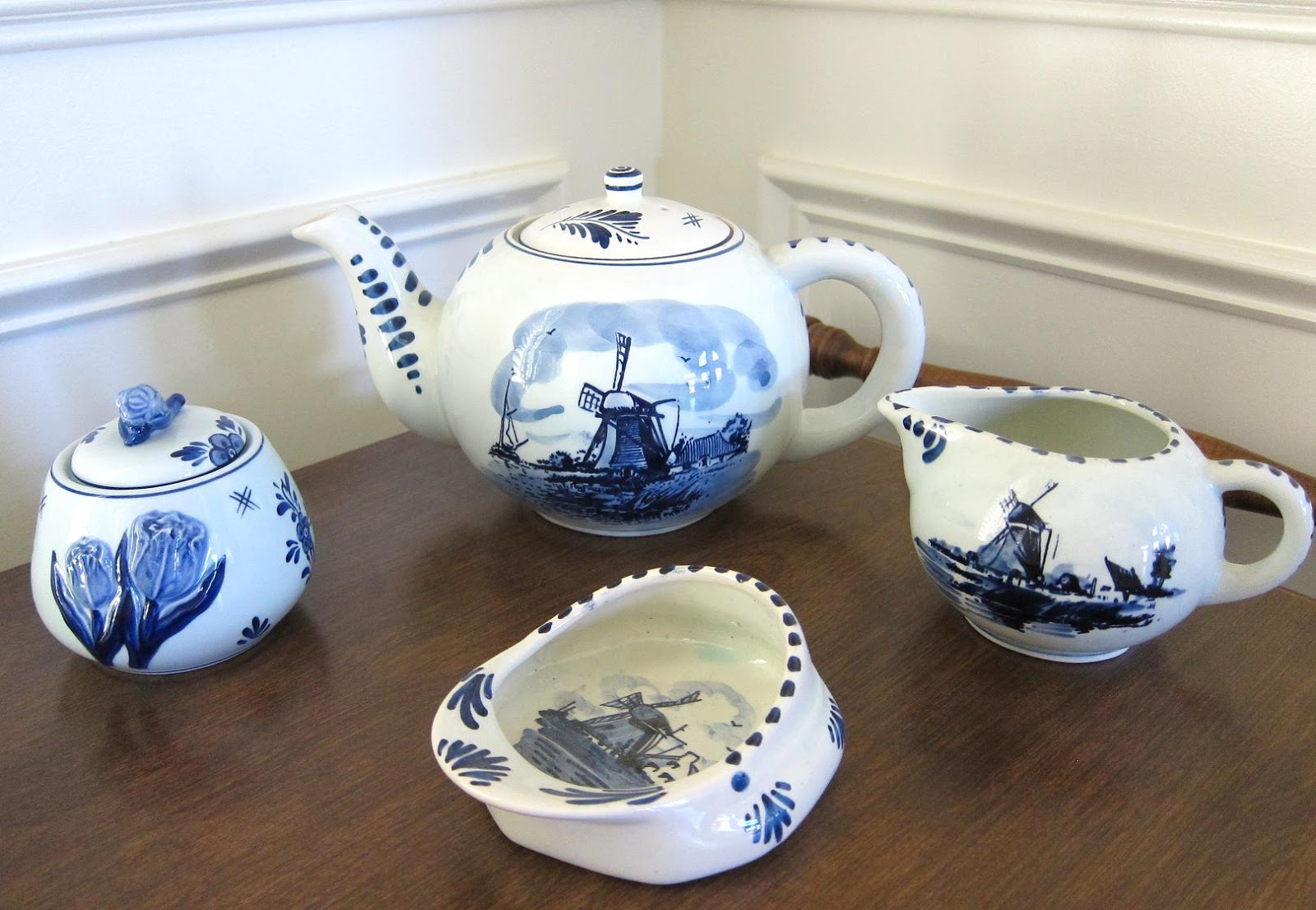
Sure, here's the introduction wrapped in
tags:
Colonial pottery holds a special place in the annals of history, offering a window into the daily lives and artistic traditions of early American settlers. From functional stoneware to intricate earthenware, colonial pottery reflects the cultural tapestry of the time. In this article, we’ll delve into 19 fascinating facts about colonial pottery, exploring its significance, techniques, and enduring legacy. Whether you’re a history enthusiast, an art connoisseur, or simply curious about the roots of American craftsmanship, these insights will illuminate the rich heritage of colonial pottery and its enduring influence on contemporary arts and culture.
Key Takeaways:
- Colonial pottery was a vital part of everyday life in the American colonies, serving both utilitarian and decorative purposes, reflecting the unique cultural and aesthetic sensibilities of the colonists.
- The legacy of colonial pottery continues to inspire contemporary ceramic artists, who draw from traditional techniques and forms while infusing their work with modern creativity and expression.
Colonial Pottery
Colonial pottery refers to the ceramic ware produced in the American colonies during the 17th and 18th centuries. It was influenced by European ceramic traditions but also reflected the unique cultural and aesthetic sensibilities of the American colonists.
Colonial Pottery
The production of colonial pottery was a vital part of everyday life in the colonies. It served both utilitarian and decorative purposes, with potters creating a wide range of vessels such as jugs, bowls, plates, and storage jars.
Colonial Pottery
One of the most common types of colonial pottery was redware, which was made from local clay and typically featured a lead glaze. Redware was affordable and widely used in households across the colonies.
Colonial Pottery
Stoneware was another popular type of colonial pottery, known for its durability and versatility. Produced in kilns at high temperatures, stoneware items included crocks, pitchers, and storage containers.
Colonial Pottery
The techniques and styles of colonial pottery varied by region, with distinct pottery traditions emerging in different colonies. For example, the slipware pottery of Pennsylvania Dutch country featured colorful, decorative motifs.
Colonial Pottery
Colonial potters often marked their wares with unique signatures, initials, or symbols, allowing modern collectors and historians to trace the origins and makers of specific pieces of pottery.
Colonial Pottery
Many colonial pottery workshops were family operations, with skills and techniques passed down through generations. This tradition of craftsmanship contributed to the rich legacy of colonial pottery.
Colonial Pottery
Colonial pottery played a significant role in trade and commerce, with potters exporting their wares to other colonies and even back to Europe. This exchange of pottery helped shape transatlantic cultural connections.
Colonial Pottery
The development of colonial pottery was intertwined with the growth of early American settlements, reflecting the evolving social, economic, and artistic landscape of the colonial period.
Colonial Pottery
Colonial pottery remains a valuable source of historical and archaeological information, providing insights into colonial daily life, cultural practices, and technological advancements in ceramic production.
Colonial Pottery
Today, colonial pottery is highly sought after by collectors and enthusiasts, with antique pieces commanding significant value due to their historical significance and craftsmanship.
Colonial Pottery
The legacy of colonial pottery continues to inspire contemporary ceramic artists, who draw from traditional techniques and forms while infusing their work with modern creativity and expression.
Colonial Pottery
Colonial pottery reflects the convergence of diverse cultural influences, blending European ceramic traditions with indigenous techniques and aesthetics to create a distinctly American pottery tradition.
Colonial Pottery
Archaeological excavations of colonial sites often uncover fragments of pottery, providing valuable clues about colonial-era manufacturing processes, trade networks, and consumer behaviors.
Colonial Pottery
Colonial pottery production was labor-intensive, with potters utilizing a range of tools and equipment such as potter’s wheels, kilns, molds, and glazing materials to create their wares.
Colonial Pottery
The decorative motifs and designs found on colonial pottery often reflected the cultural and religious beliefs of the colonists, offering a window into their worldview and artistic sensibilities.
Colonial Pottery
Some colonial pottery pieces featured intricate sgraffito designs, where patterns were etched into the clay before firing, showcasing the skill and artistry of colonial potters.
Colonial Pottery
Colonial pottery played a role in social rituals and ceremonies, with specific vessels designed for use in activities such as dining, drinking, food storage, and religious observances.
Colonial Pottery
The study of colonial pottery provides valuable insights into the material culture of the American colonies, shedding light on the daily lives, customs, and traditions of early colonial settlers.
Conclusion
Colonial pottery played a significant role in shaping the cultural and artistic landscape of early America. Its evolution from utilitarian wares to finely crafted pieces reflects the ingenuity and artistry of the colonial artisans. The diverse influences, from European traditions to indigenous techniques, contributed to the rich tapestry of colonial pottery. Understanding the historical, social, and artistic significance of colonial pottery provides valuable insights into the heritage of the early American settlers. As we continue to appreciate and preserve these pottery artifacts, we honor the legacy of craftsmanship and creativity that has endured through centuries.
And here are the FAQs related to "19 Colonial Pottery Facts":
html
FAQs
What are some common types of colonial pottery?
Colonial pottery includes redware, slipware, stoneware, and creamware, among others. These wares were used for various purposes, from cooking and storage to decorative items.
How did colonial pottery reflect cultural influences?
Colonial pottery was influenced by European, Native American, and African traditions, resulting in a diverse array of styles and techniques that reflected the cultural melting pot of early America.
What role did pottery play in colonial daily life?
Pottery was essential for storing food, cooking, and serving meals. It also served as a form of artistic expression and a means of trade within colonial communities.
Why is colonial pottery important today?
Colonial pottery provides valuable insights into the history, craftsmanship, and cultural exchange of early America. Studying and preserving these artifacts helps us appreciate the heritage of the early American settlers.
How can one identify authentic colonial pottery?
Authentic colonial pottery often bears distinct markings, such as maker’s stamps or specific decorative motifs. Consulting experts and studying historical records can aid in the identification process.
Was this page helpful?
Our commitment to delivering trustworthy and engaging content is at the heart of what we do. Each fact on our site is contributed by real users like you, bringing a wealth of diverse insights and information. To ensure the highest standards of accuracy and reliability, our dedicated editors meticulously review each submission. This process guarantees that the facts we share are not only fascinating but also credible. Trust in our commitment to quality and authenticity as you explore and learn with us.


